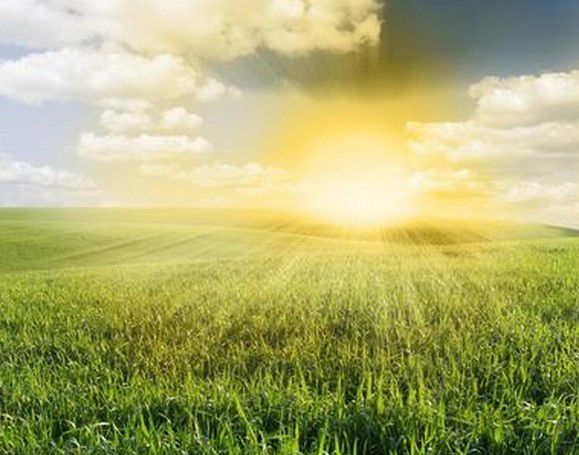北半球碳循环因季节而改变
|
Each year in the Northern Hemisphere, levels of atmospheric carbon dioxide drop in the summer as plants "inhale," then climb again as they exhale after the growing season. During the last 50 years, the size of this seasonal swing has increased by as much as half, for reasons that aren't fully understood. Now a team of researchers has shown that agricultural production may generate up to a quarter of the increase in this seasonal carbon cycle, with corn playing a leading role. "This study shows the power of modeling and data mining in addressing potential sources contributing to seasonal changes in carbon dioxide," says Liz Blood, program director for the National Science Foundation's MacroSystems Biology Program, which funded the research. "It points to the role of basic research in finding answers to complex problems." In the Northern Hemisphere, there's a strong seasonal cycle of vegetation, says scientist Mark Friedl of Boston University (BU), senior author of a paper reporting the results in this week's issue of the journal Nature. "Something is changing about this cycle," says Friedl. "Ecosystems are becoming more productive, pulling in more atmospheric carbon during the summer and releasing more during the dormant period." Most of this annual change is attributed to the effects of higher temperatures driven by climate change--including longer growing seasons, quicker uptake of carbon by vegetation and the "greening" of higher latitudes with more vegetation. "But that's not the whole story," says Josh Gray of BU, lead author of the paper. "We've put humans and croplands into the story." |








